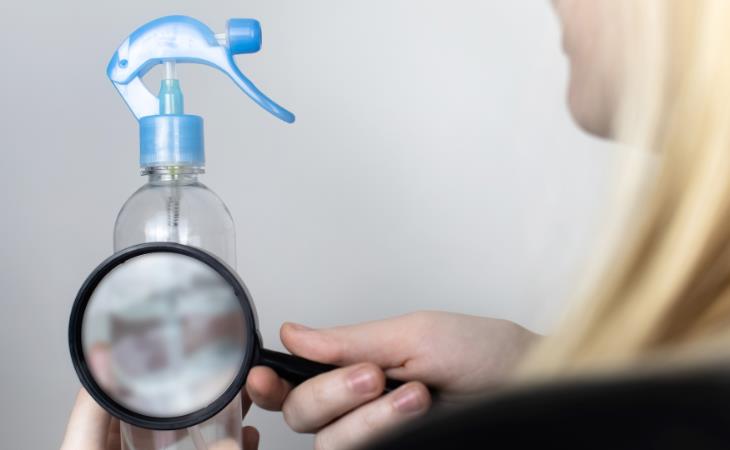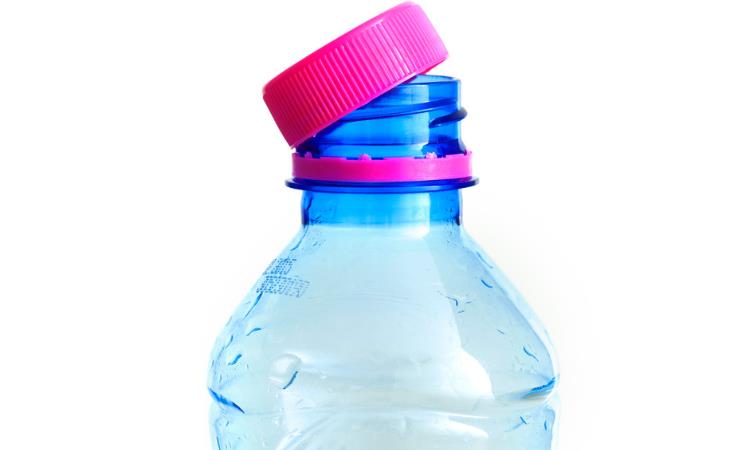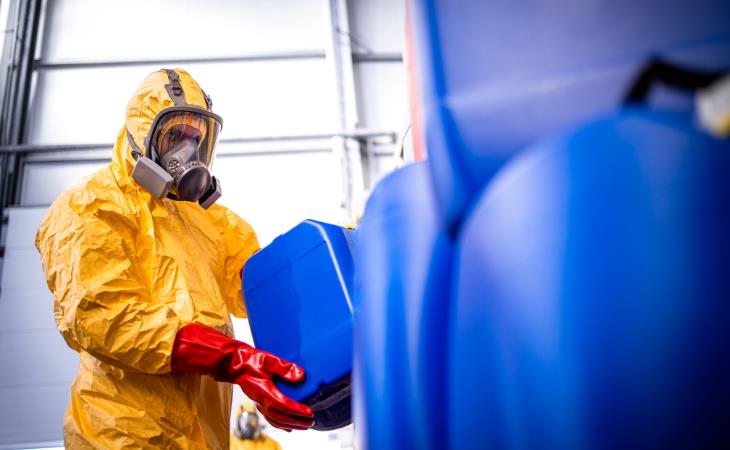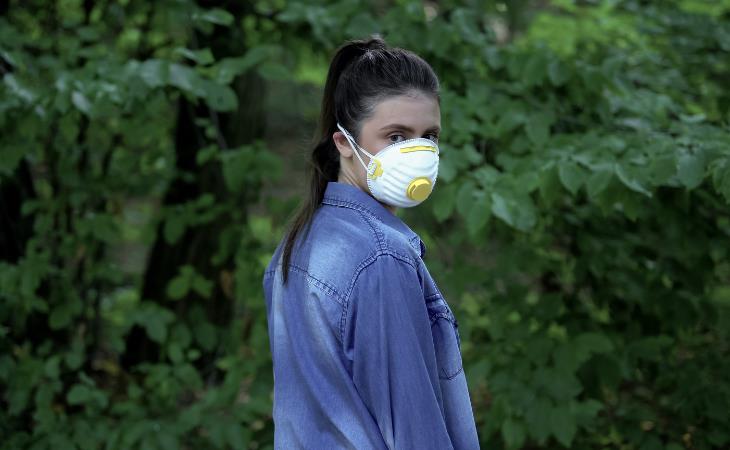
From your morning coffee to the cleaning products you use, the modern world seems filled with convenience. But hidden beneath that glossy exterior can lurk a silent threat: toxic chemicals. A recent study by the Silent Spring Institute and UC Berkeley lays bare the shocking truth – Americans are exposed to tons of these harmful substances every year, simply by using everyday products.
Related: 7 Common Items Contaminated by Toxic Forever Chemicals
While regulations attempt to establish "safe" levels for some chemicals, the long-term health impacts remain a question mark. Many of these substances persist in our environment for years after they've been used, raising concerns about their lasting effects. Furthermore, the sheer volume of chemicals in circulation – over 84,000, with only a fraction tested for safety – paints a worrying picture.
So, how can we navigate this unseen minefield? The answer lies in awareness and understanding. Let's take a look at the six common toxic chemicals that we are exposed to on a daily basis and what can we do to avoid them.


Bisphenol A, commonly called BPA, is a chemical used to create hard plastics like water bottles and food containers. It's also found in the lining of some canned goods. The issue? BPA may interfere with hormones in our bodies.
Here's the concern: BPA can disrupt hormone function in the body. The European Union even classified BPA as harmful to reproduction, prompting some companies to remove it from their products. But the replacements weren't necessarily safer, just different. Companies simply switched to similar chemicals called Bisphenols, often advertised as "BPA-free" alternatives. However, these substitutes likely have similar health risks as BPA, with studies suggesting potential concerns.
How to avoid them? Be cautious of quick fixes and look out for all types of Bisphenols, including BPB, BPF, BPS, BPAF, BHPF, and BPZ.

Flame retardants are chemicals added to various products to slow the spread of flames. You'll find them in electronics, insulation materials, and even foam products like children's toys and baby pillows. A concern with these flame retardants is that they can break down and release chemicals called ethers that contaminate dust. Studies suggest exposure to these ethers might be linked to thyroid problems.
While there's no central list of products containing these chemicals, you can take steps to reduce exposure. Look for items labeled "flame retardant free." Since older foam products are more likely to contain them, consider replacing furniture with exposed foam, like sofas and pillows. Regularly cleaning dust with a high-efficiency HEPA filter vacuum can also help minimize exposure.

PFAS, or per- and polyfluoroalkyl substances, are a group of man-made chemicals used in a surprising number of everyday products. You'll find them in non-stick cookware coatings like Teflon, water-resistant food packaging, and stain-repellent fabrics. These chemicals are known for their exceptional durability, lasting for a very long time. In fact, they're nicknamed "forever chemicals" because they don't break down easily. This durability comes at a cost. PFAS can linger in the environment and even in our bodies for decades. Contaminated water, soil, and even food packaging can expose us to these chemicals, which have been linked to hormonal problems, various cancers, and reproductive issues.
To avoid PFAS, start by ditching non-stick pans. Opt for cast iron, ceramic, or stainless steel cookware. Avoid heavily processed, pre-packaged foods. Look for unlined popcorn bags and skip microwave popcorn entirely. Choose fresh or frozen fruits and vegetables over pre-treated options. Drink filtered water whenever possible. Research healthy alternatives to stain-resistant clothing and carpets.
Related: How To Tell If a Mattress Contains Toxic Chemicals

We know that air pollution from burning fossil fuels like coal, oil, and gas harms our lungs. But the dangers go beyond breathing problems. These pollutants can also include nitrogen dioxide, formaldehyde, and benzene. Studies have linked higher exposure to these pollutants with lower birth weights, premature births, and heart defects in newborns. The World Health Organization even considers exposure to benzene a significant public health concern.
So, what can you do? Limiting time in polluted areas is important. Inside your home, consider buying furniture and products labeled "formaldehyde-free." Avoid particleboard, plywood, or pressed wood furniture, as the glues used in these materials often contain formaldehyde.

Lead, a naturally occurring metal, lurks in unexpected places. While lead was banned from gasoline decades ago, it can still be found in lead-based paint used in older homes. This paint chips and creates dust, a hidden danger for young children, who often put their hands and toys in their mouths. Lead can also contaminate water supplies due to corrosion in old pipes. Beyond paint and pipes, lead finds its way into industrial paints, car batteries, and even wheel weights. Exposure to lead has been linked to ADHD, lower IQs, and developmental delays in children.
How to minimize risk? Test your water with a home kit or by contacting your water supplier. If your home predates 1978, consider lead testing for paint, especially if it's chipping or peeling. For paint removal or remediation, hiring a lead-safe certified professional is highly recommended. Parents concerned about potential exposure can discuss lead testing with their child's doctor.
